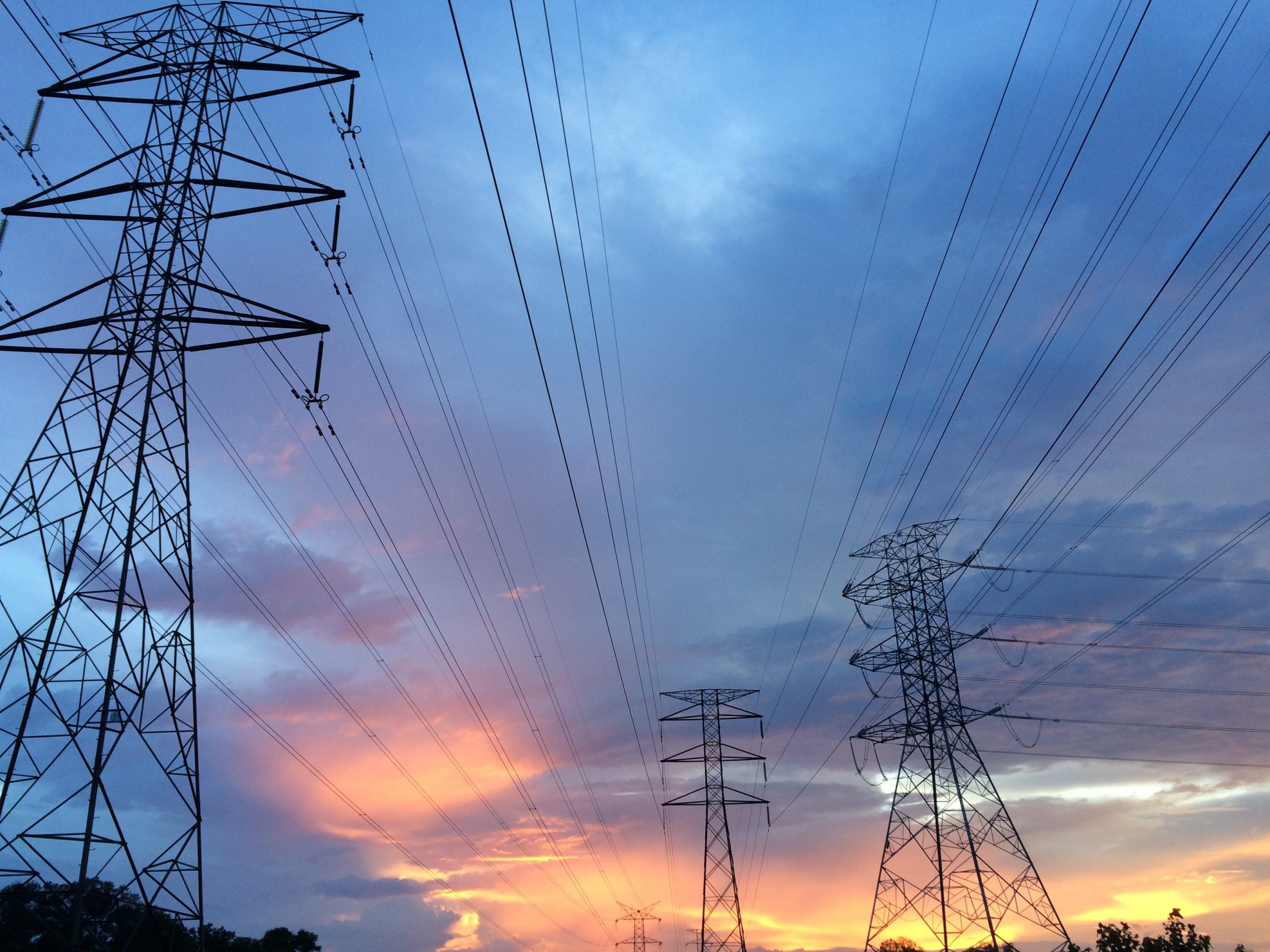G7 performance on energy
In tandem with creating a more prosperous and green future, the G7 can promote reliable, affordable energy supplies as a means of combating the pandemic
G7 leaders gather in person in Cornwall at a time of unprecedented global change driven by COVID-19. As G7 host Prime Minister Boris Johnson is focused on building back better by creating a greener and more prosperous future, energy issues will be driven by the summit’s climate and environment track. He has committed to advance a green energy transition that cuts greenhouse gas emissions and creates jobs on a collective path to net zero by 2050. Progress on mitigation, adaptation and finance in accordance with the Paris Agreement are key tenets of the G7’s energy policy direction.
CONCLUSIONS
From 1975 to 2019, the G7 dedicated an average of 876 words (11%) of its communiqués to energy. Phase one, from 1975 to 1989, featured 13 summits that referenced energy policy and averaged 425 words (15%). Only the 1985 and 1988 summits during this period failed to address energy issues in any substantive way.
The second phase, from 1990 to 2004, saw a high of 641 words (6%) in 1999 and a low of 43 words (0.4%) in 2002.
The third phase, from 2005 to 2014, showed a significant increase in energy conclusions, with an average of 2,315 words (15%). It spiked in 2009 with 6,333 words (38%) and plunged to 567 words (2.5%) in 2005.
The fourth phase, from 2015 to 2019, peaked at 1,688 words (13%) in 2015 and fell to 1,818 words (8%) in 2016. It dropped further to 503 words (7%) in 2019, 409 words in 2018 (4%) and 386 words (5%) in 2017. Energy was not mentioned at all during the G7’s emergency virtual summit on 16 March 2020.
COMMITMENTS
Within these conclusions, G7 leaders made 463 energy commitments between 1975 and 2019. Only development issues rank higher in the number of commitments made by the leaders.
Three energy commitments, or 20% of all, were made at the first summit in 1975. From 1975 to 1983, 113 energy commitments were made. The highest – with 43 commitments, for 78% of the total – came in 1979, at the height of the second oil crisis. The period from 1984 to 1996 showed little focus on energy, with only three commitments made (5%) at the 1991 summit.
From 1997 to 2005, the number ticked up, culminating at 57 commitments (26%) made at the 2005 summit. In 2006, with Russia hosting its only G8 summit, energy security became the signature theme, resulting in an all-time record of 78 (24%) energy commitments. After 2006, energy commitments fluctuated, up to 41 (12%) made in 2007, but none in 2013 or 2019.
COMPLIANCE
Compliance with these commitments averaged 82%, based on the 22 assessed by the G7 Research Group, well above the overall 76% average for all commitments. The highest energy compliance came with commitments from 2001 with 100%, 2006 with 89% and 2018 again with 100%.
Compliance was led by the European Union at 93%, the United States at 91% and the United Kingdom at 89%. Then came Germany at 84%, and Canada at 82%. Below the 82% average were France at 80%, Japan at 78% and Italy at 73%. Higher energy compliance came on commitments to ensure the G7’s energy systems continued to drive sustainable economic growth; lower scores arose with commitments on universal access to cleaner, safer, more affordable energy.
CAUSES AND CORRECTIONS
At Cornwall this year, G7 leaders can improve compliance with their
energy commitments in several ways. G7 energy compliance is highest, at or above average, with commitments that mention an energy ministerial meeting (100%), use highly binding language (100%), create an official-level body (100%), refer to the private sector (95%), define a timetable (94%), or refer to regulatory frameworks (89%).
Compliance falls in the middle when commitments reference outside agencies (78%). Lower compliance comes with commitments using low binding language (61%) or refering to self-monitoring or voluntary reporting mechanisms (56%).
These findings suggest that G7 leaders benefit from inserting highly binding language into their energy commitments, operating within a defined timetable, creating energy-related official-level bodies and engaging in public-private partnerships. Compliance is also higher with issues preceded by an energy ministerial meeting. G7 leaders should advance voluntary monitoring or self-reporting mechanisms.
They should also generate more energy commitments. The six summits with the highest compliance of 89% generated a total of 167 commitments, and the five summits with the lowest compliance of 72% generated only 90 commitments.
A continued, affordable, reliable, secure and clean energy supply is critical to stopping the COVID-19 pandemic. A coordinated response to ensure energy market resilience and adaptation in managing future emergencies will be key. At Cornwall the G7 needs to deliver bold commitments that highlight the criticality of energy infrastructure and security in the ongoing emergency, and also provide assurance that clean energy technologies remain reliable as future energy systems are transformed.












